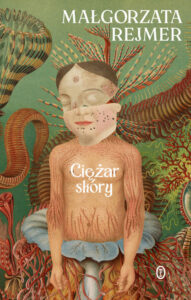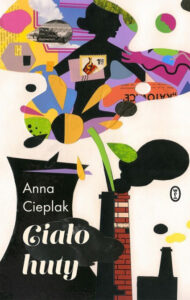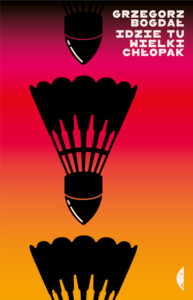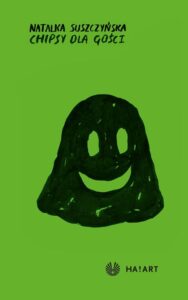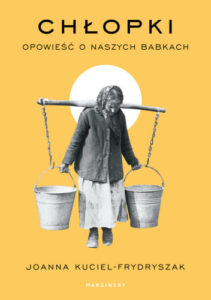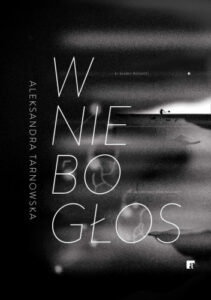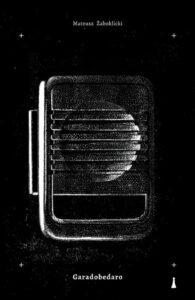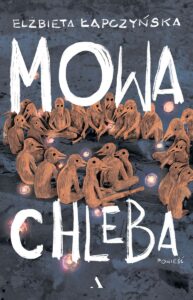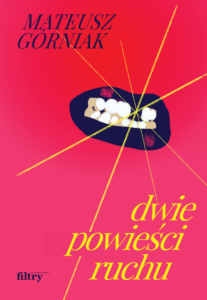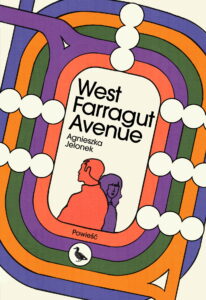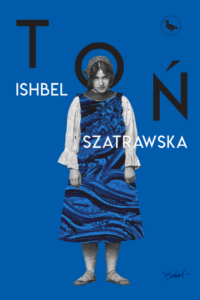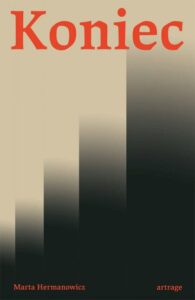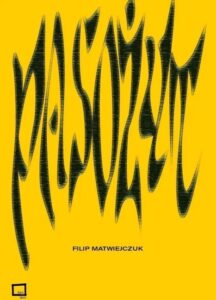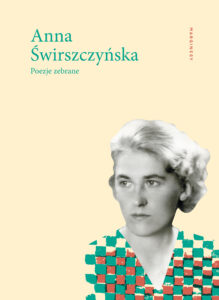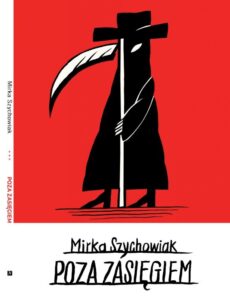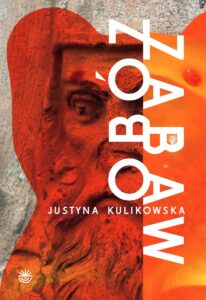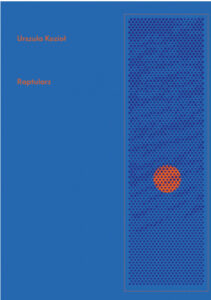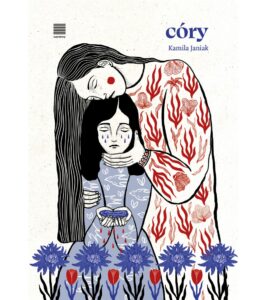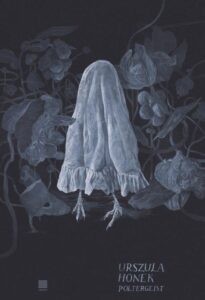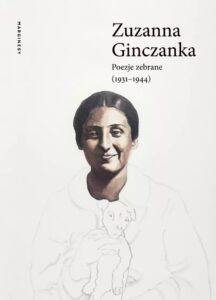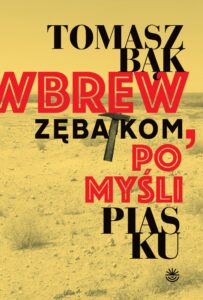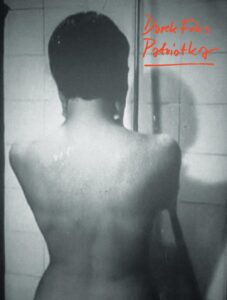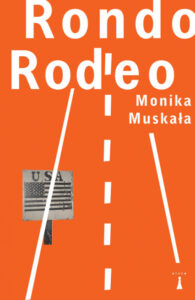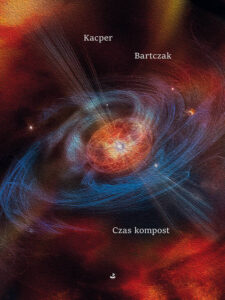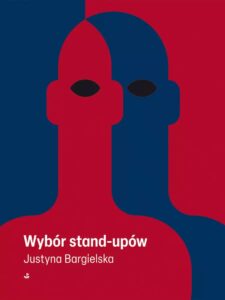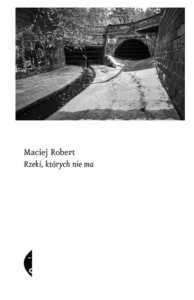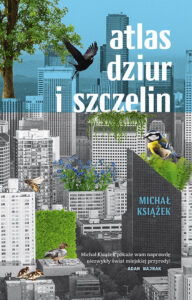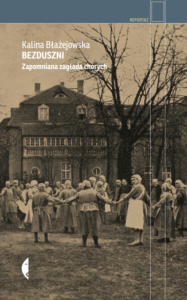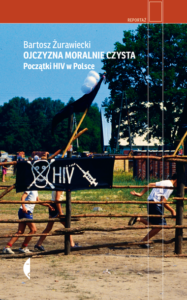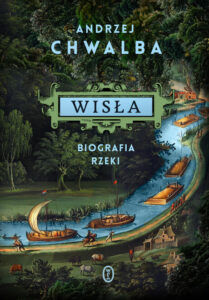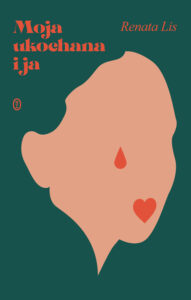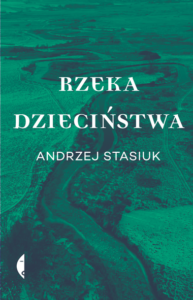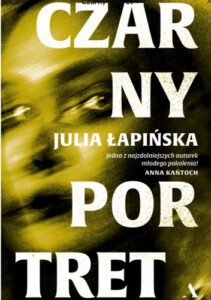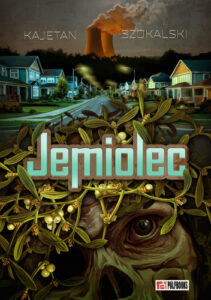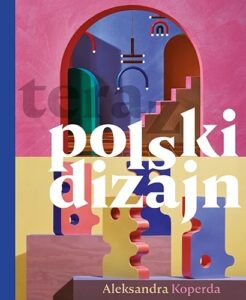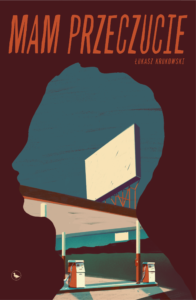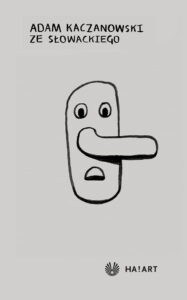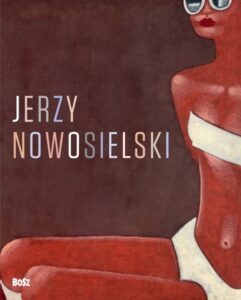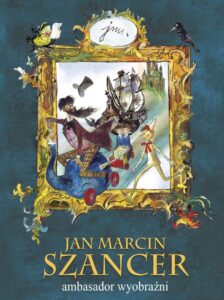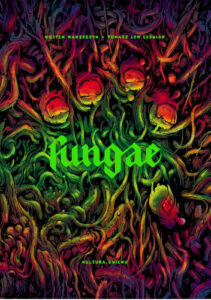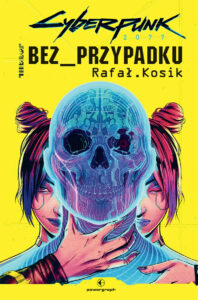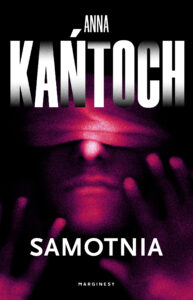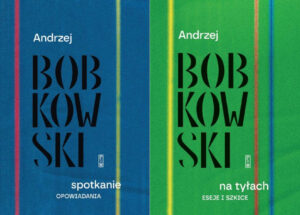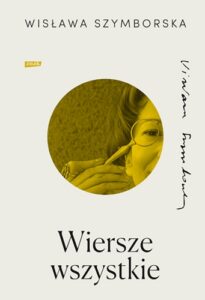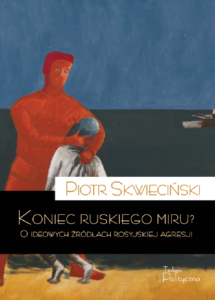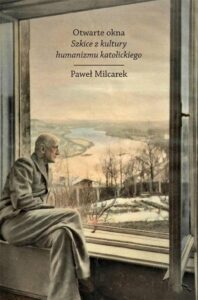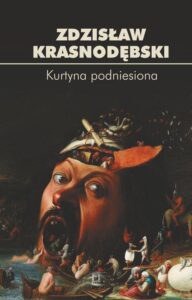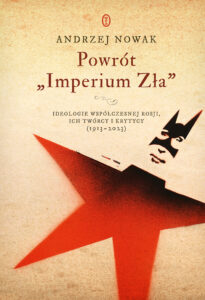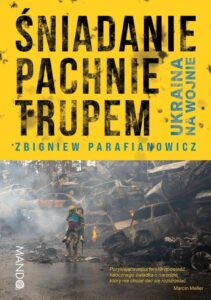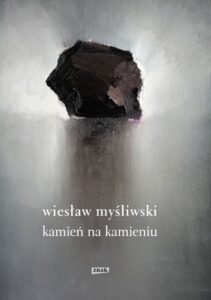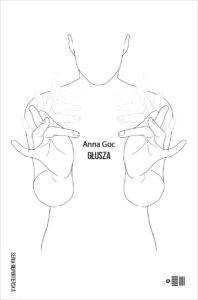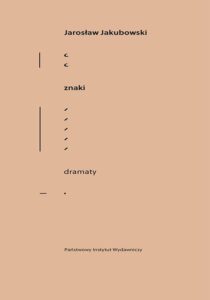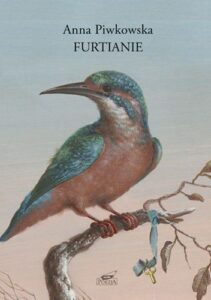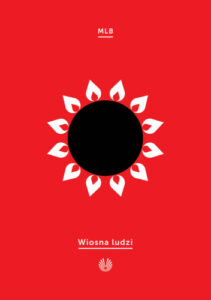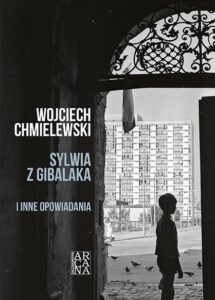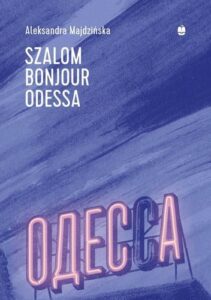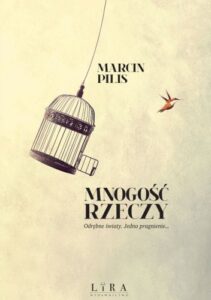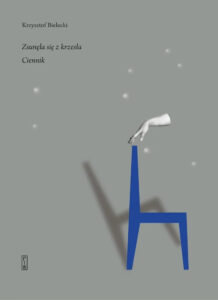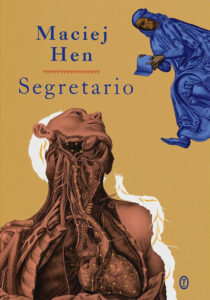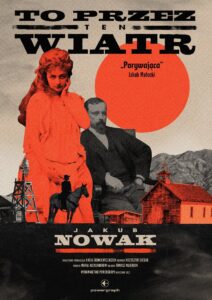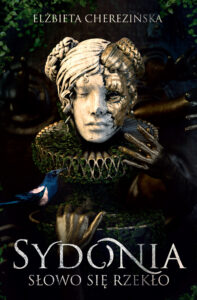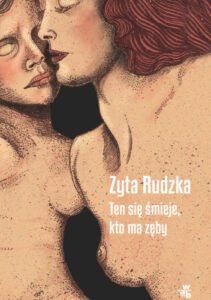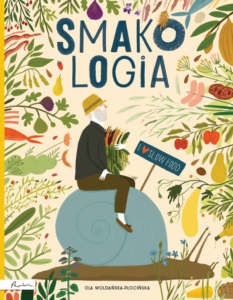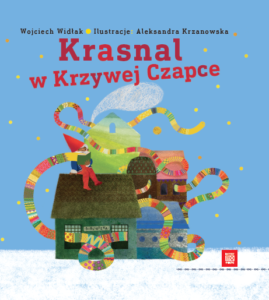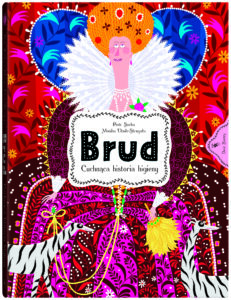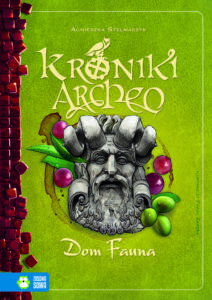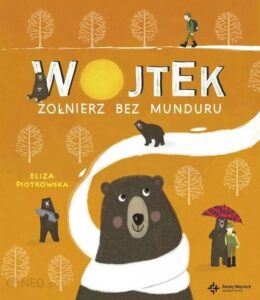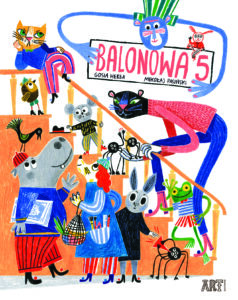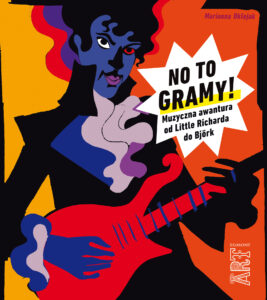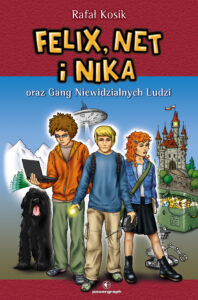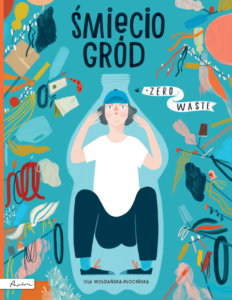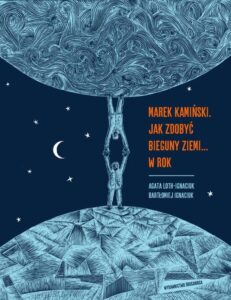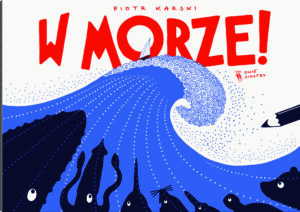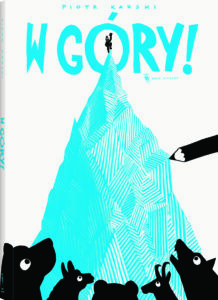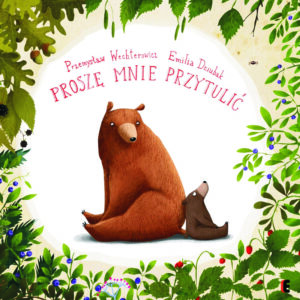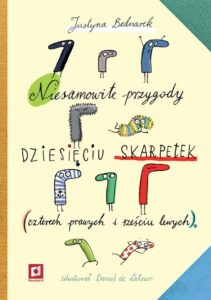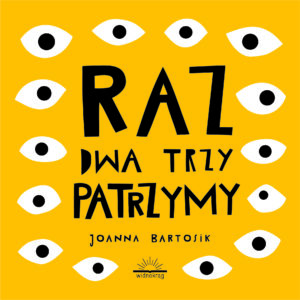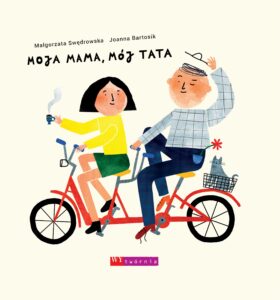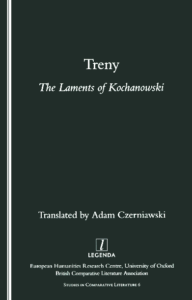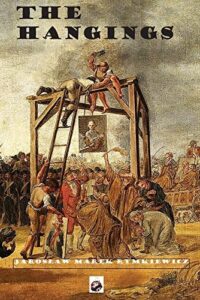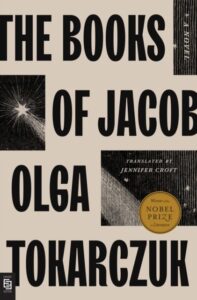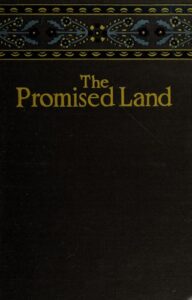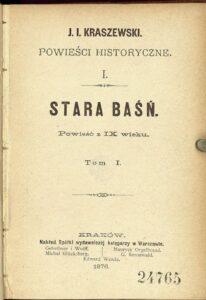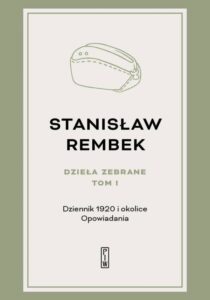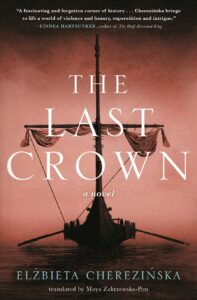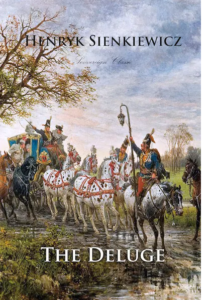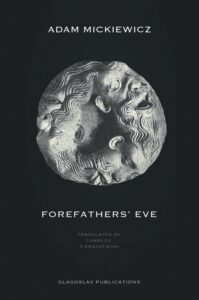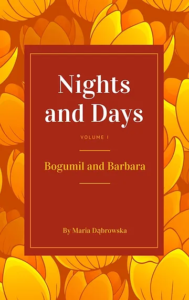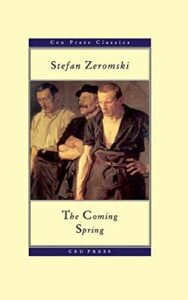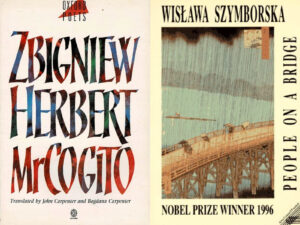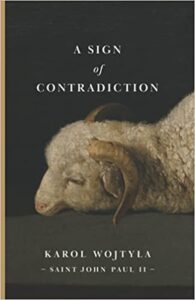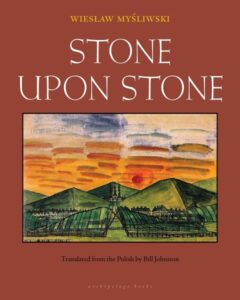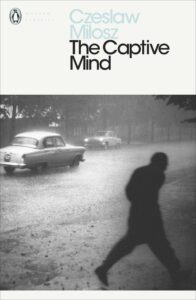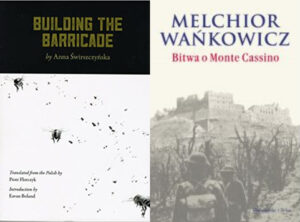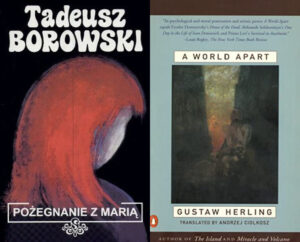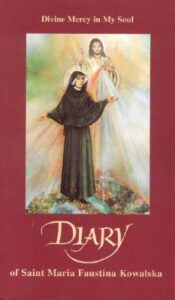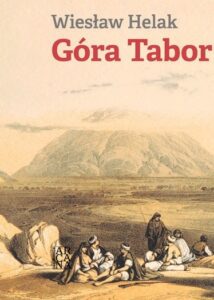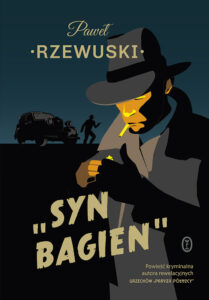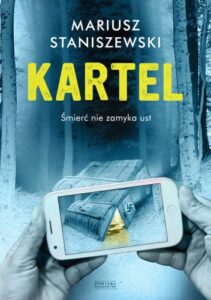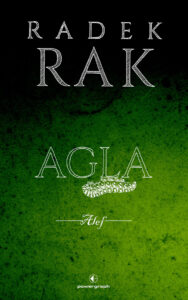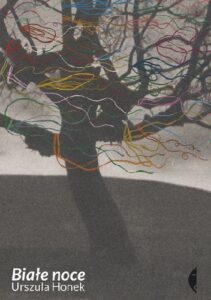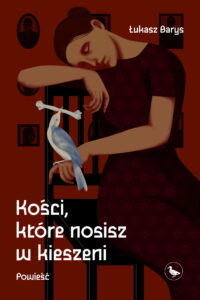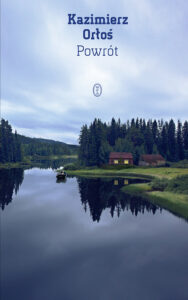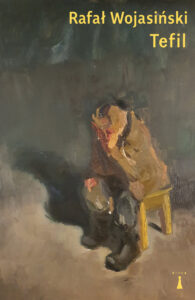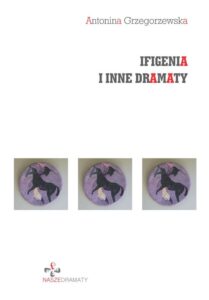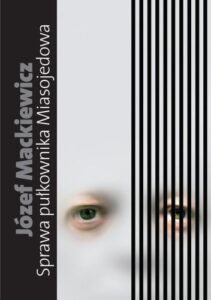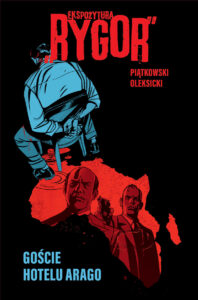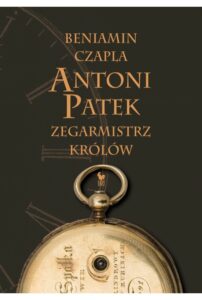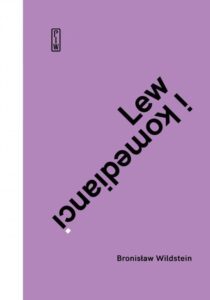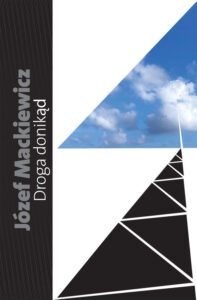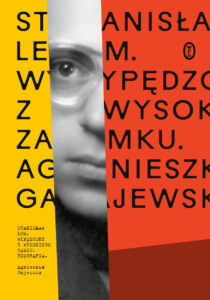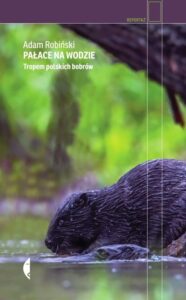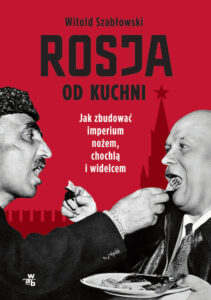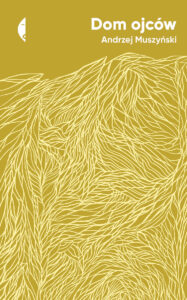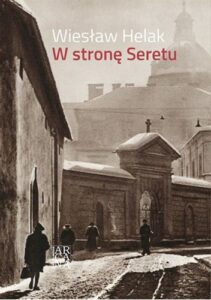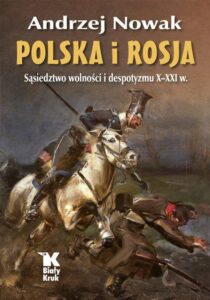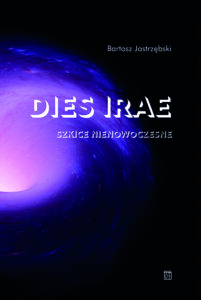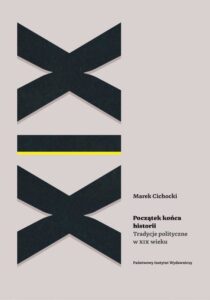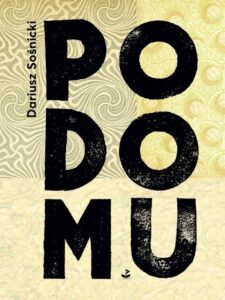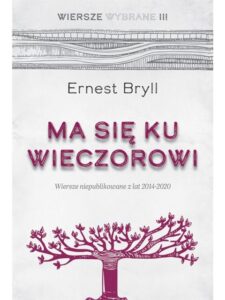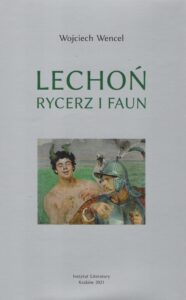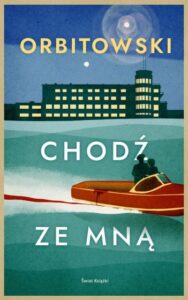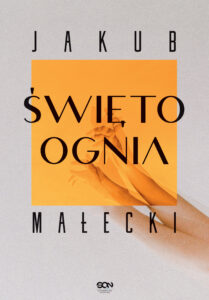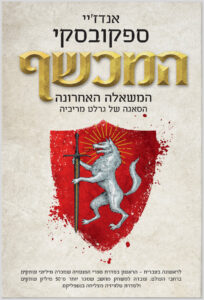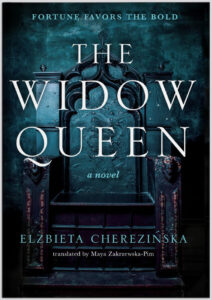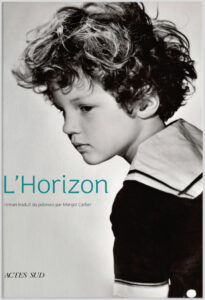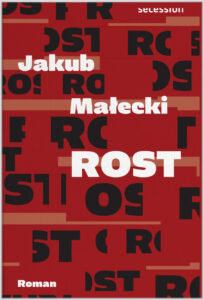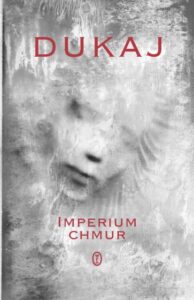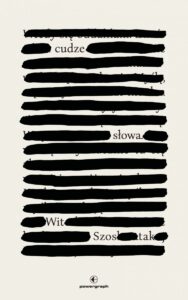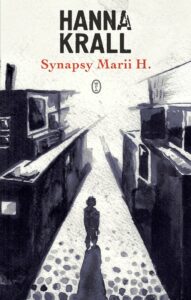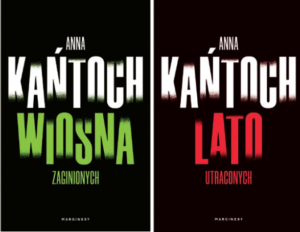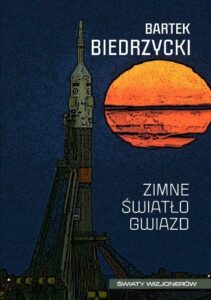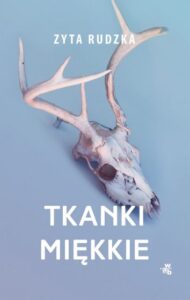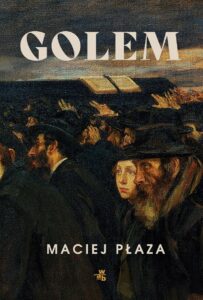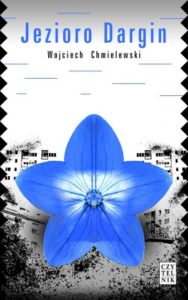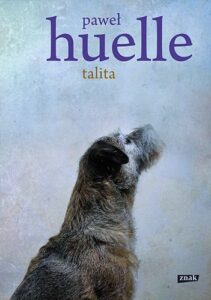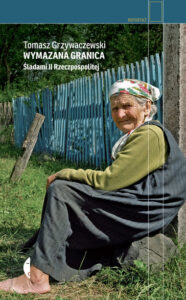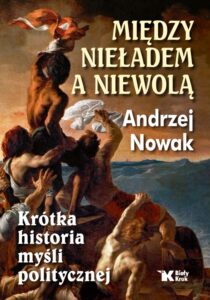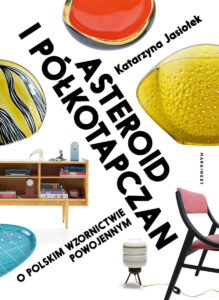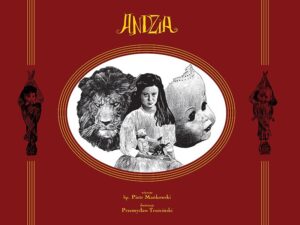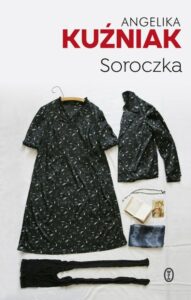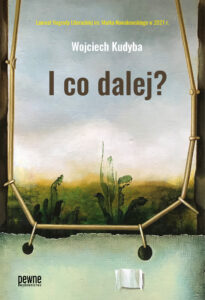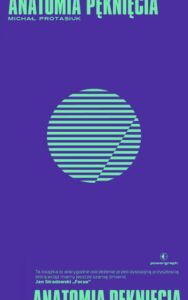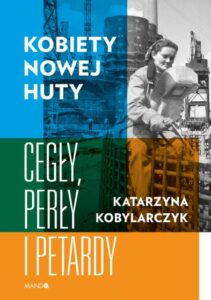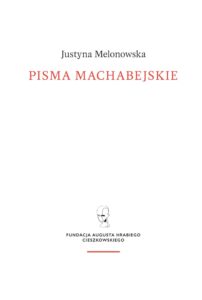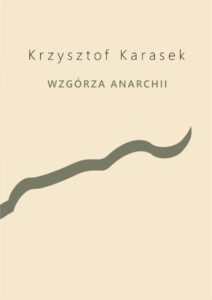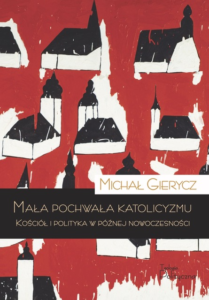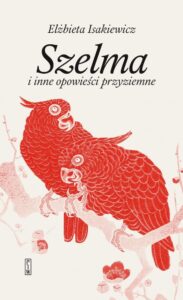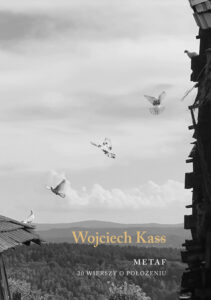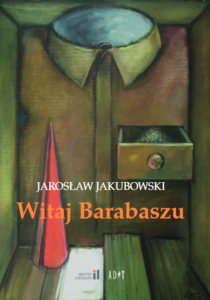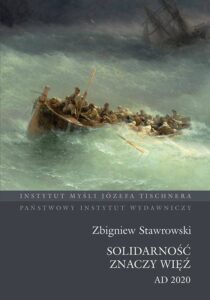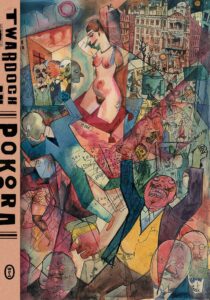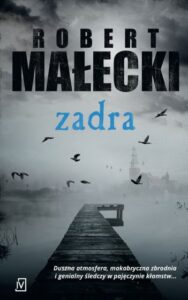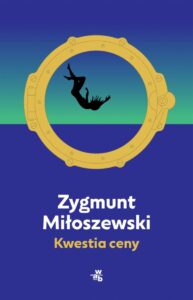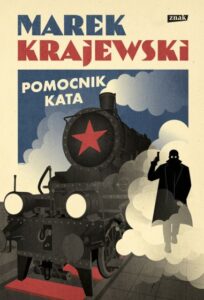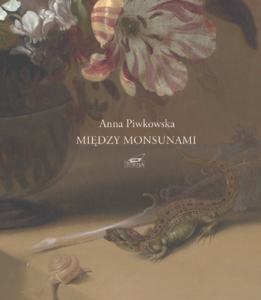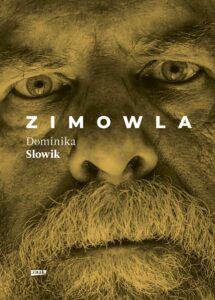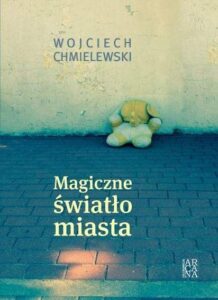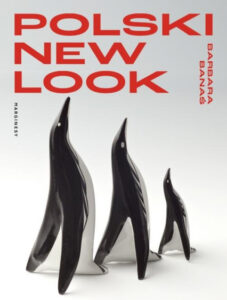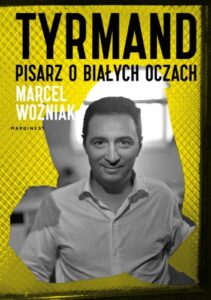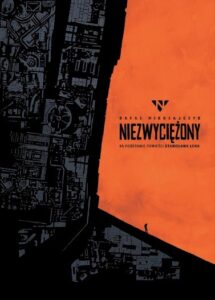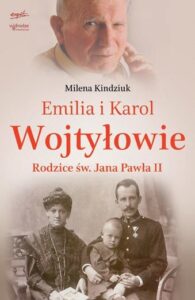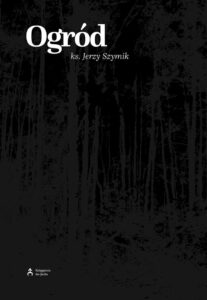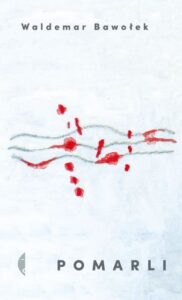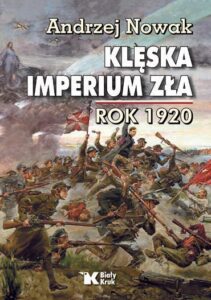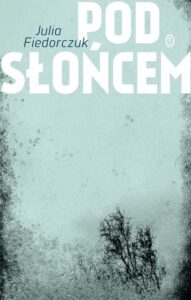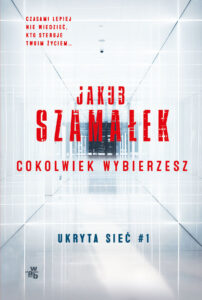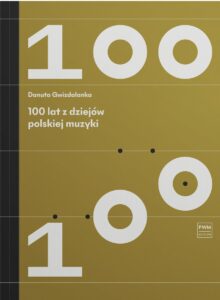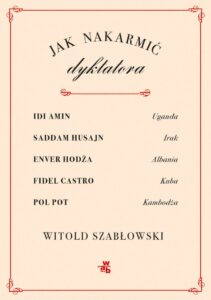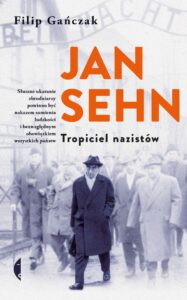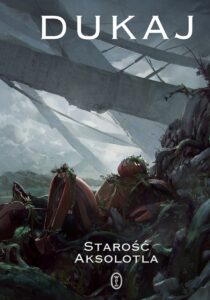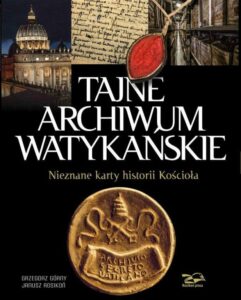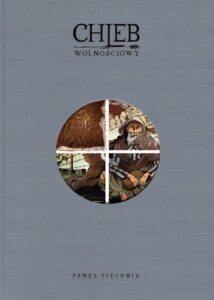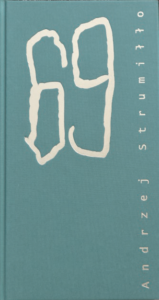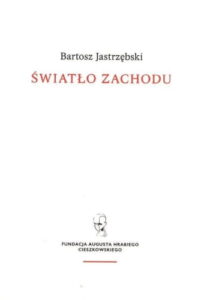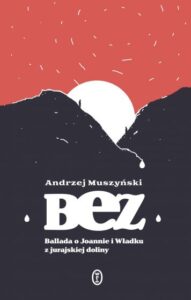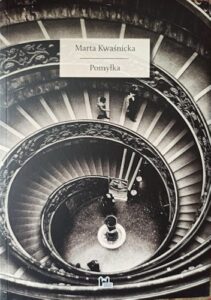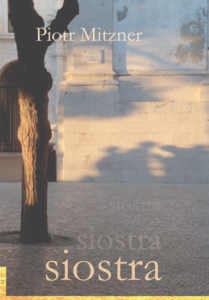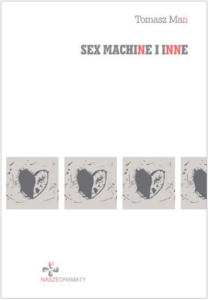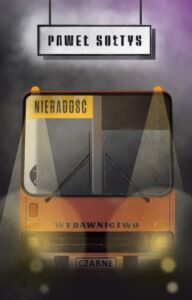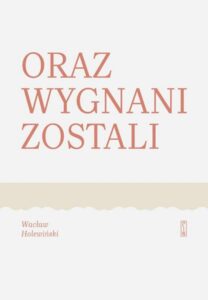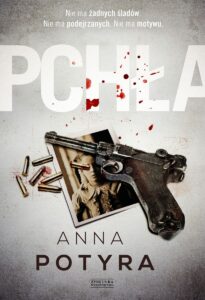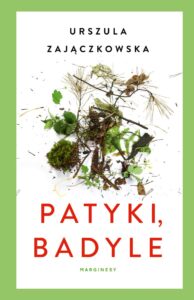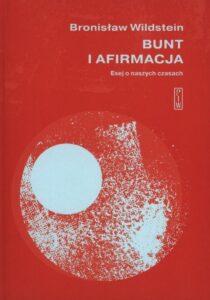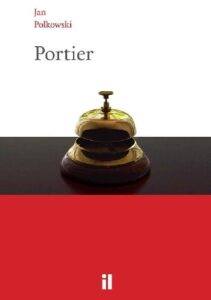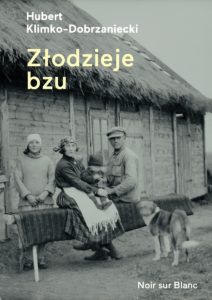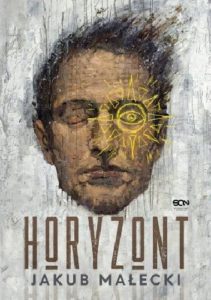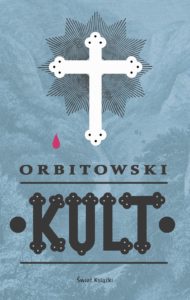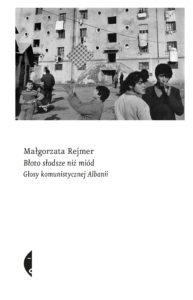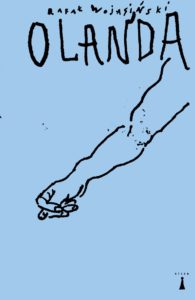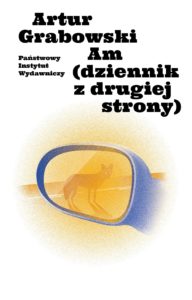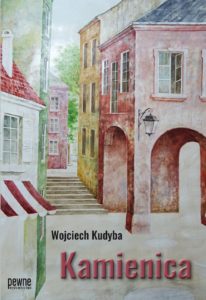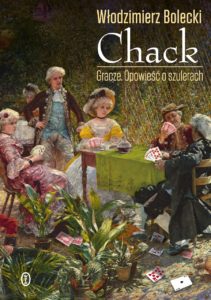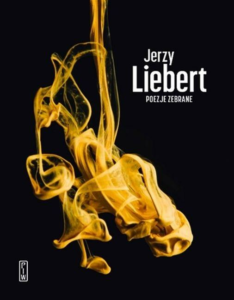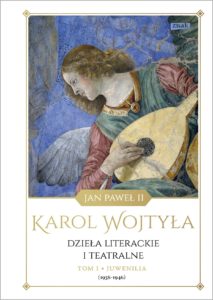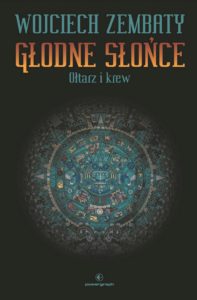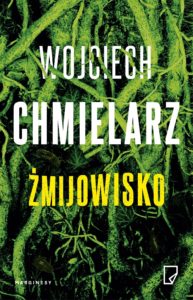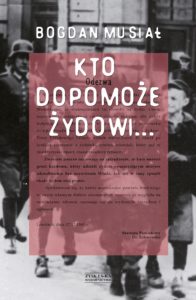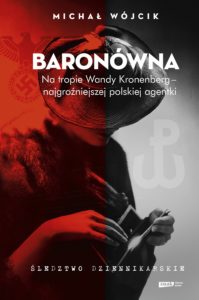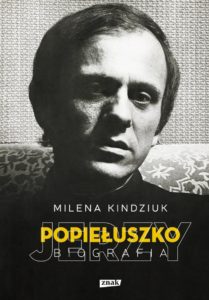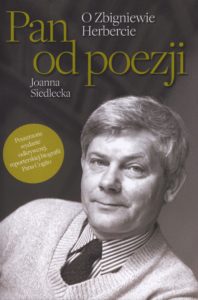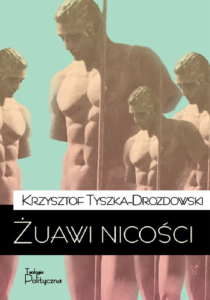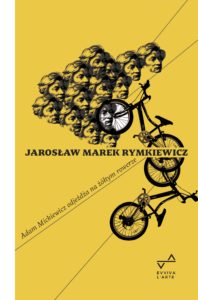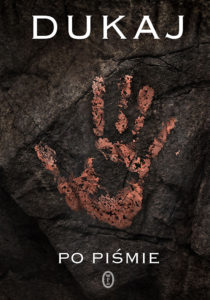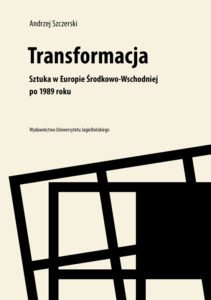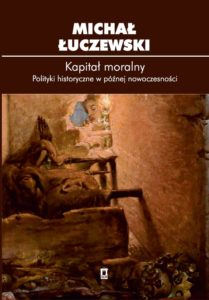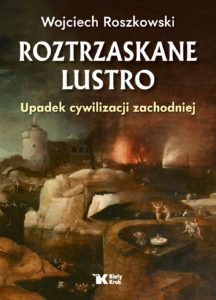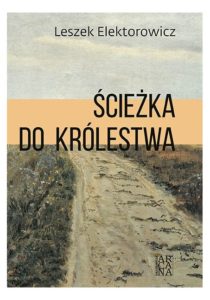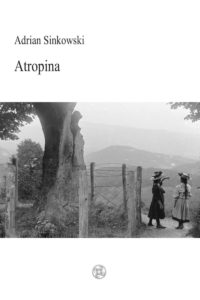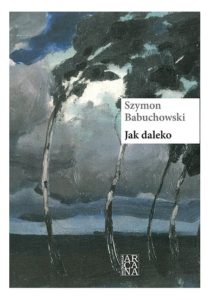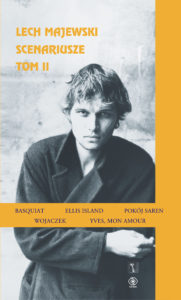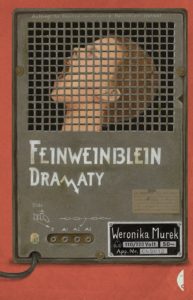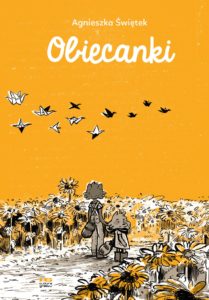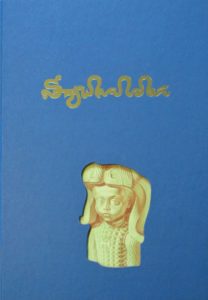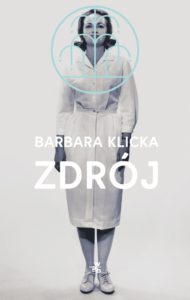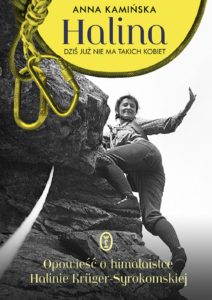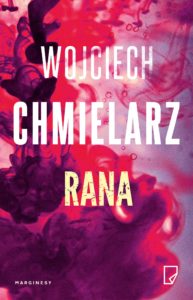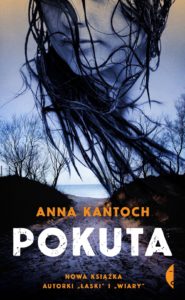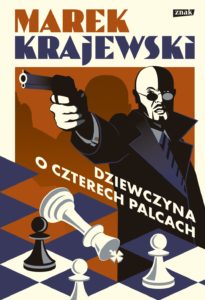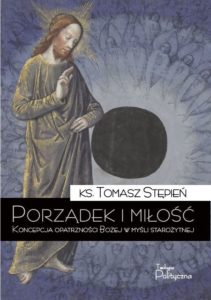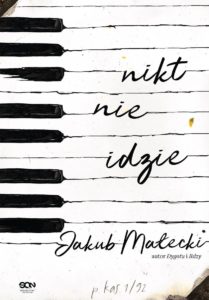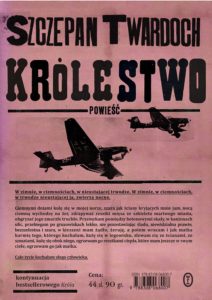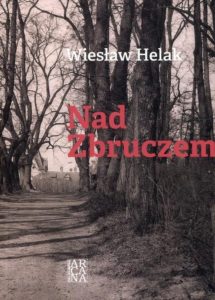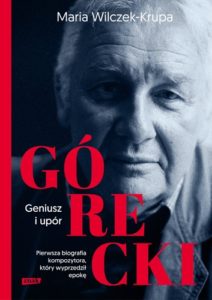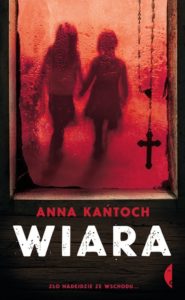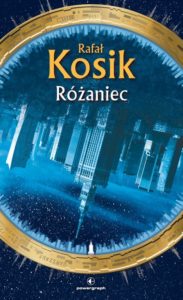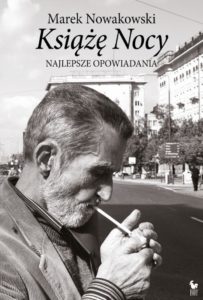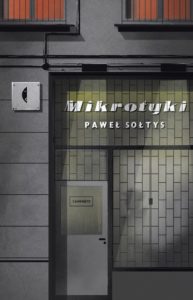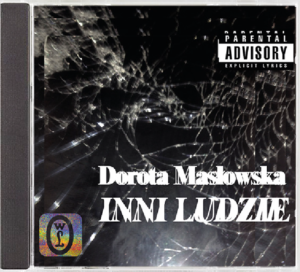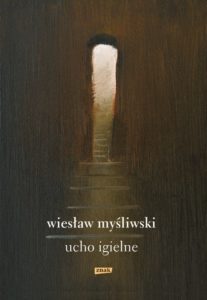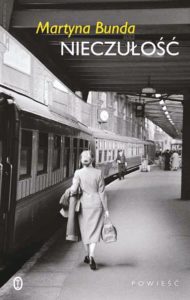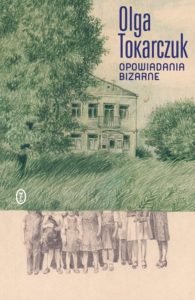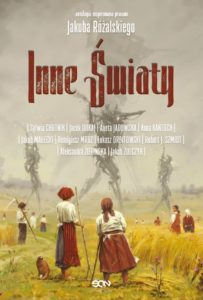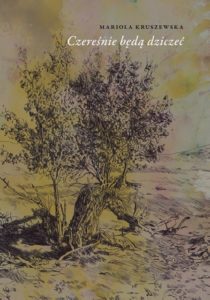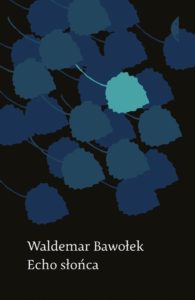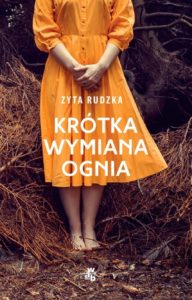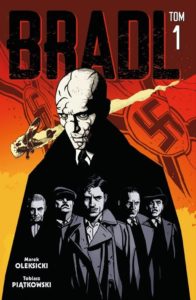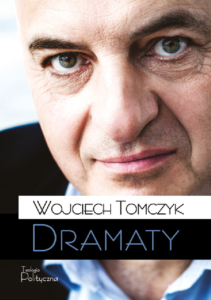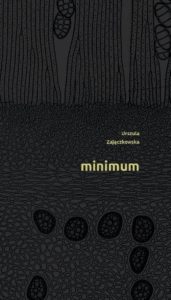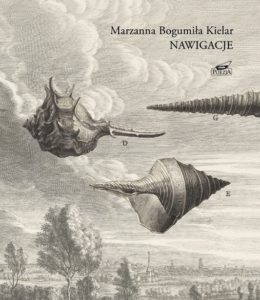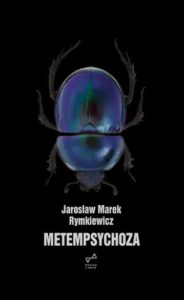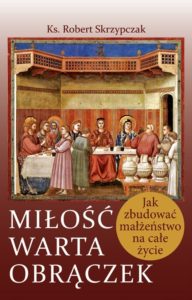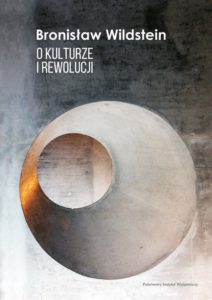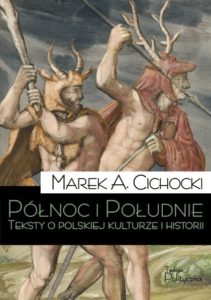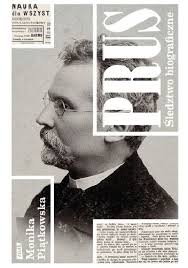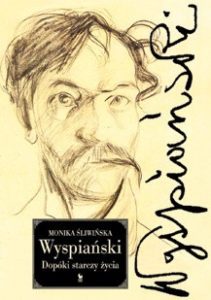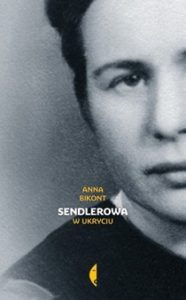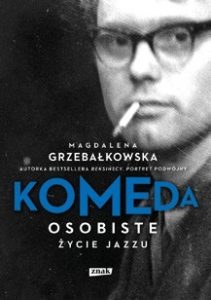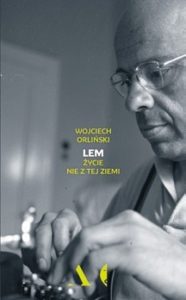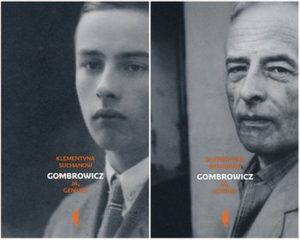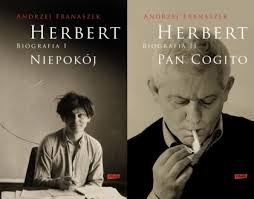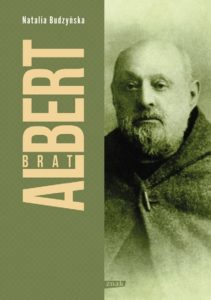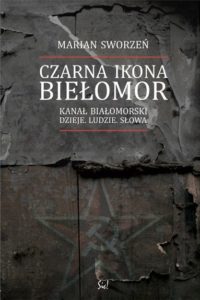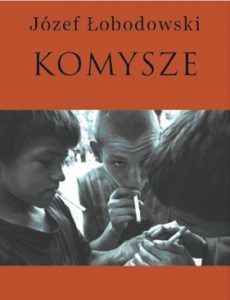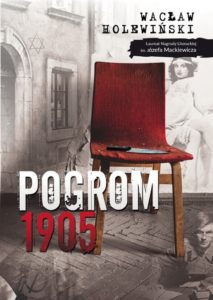A highly artistic study of death encapsulated in moving stories set in the Beskid Mountains region
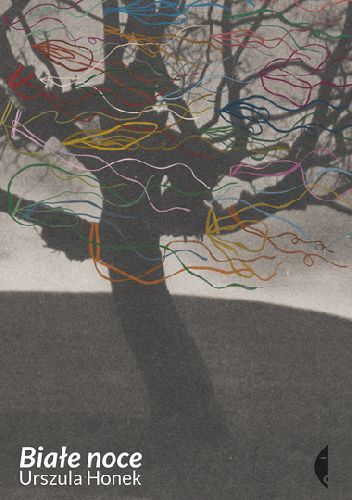
“When will Mum be here?” she asks quietly.
“I don’t know yet. Come on, watch the film,” replies Grandma.
The little girl obediently returns to her place. Hunched over slightly, she watches the screen. She sees a woman with red, curly hair, her face in her hands, crying, while a man hurriedly packs a suitcase and tries to fasten his tie. The woman has very long, red fingernails and she’s shaking as if she’s cold.
“It’s because she’s crying,” explains Grandma. “When someone’s sobbing, then it’s like they’re ill, they’re trembling. But you don’t need to know that yet.”
Tears come to the girl’s eyes. She goes over to the window again, the red lights in the distance flicker on and off. It reminds her of a Christmas tree with flashing fairy lights, and the moon is like the star that Mum hangs at the very top. Maybe she’s there somewhere amongst the lights and she’ll be here any minute, or maybe that one that’s flashing is her? The girl sits back down. Grandma wipes the tears from her cheeks. The woman from the film is lying in a narrow coffin, her lips painted cherry red. There is a small coffin beside her and a photo of a smiling baby in the bath. The girl looks down at her slippers and swings her legs. “My legs are like a merry-go-round,” she thinks, “they can’t stop turning.”
“It always ends this way,” says Grandma. “You wind up alone and no one even asks if you got up in the morning, or what colour you like. You’ll see one day.” […]
“Dorotka, would you like to have black teeth like that?” she asks. “No one would want you. Right, time for bed.”
Dorotka goes over to the armchair where the dog is lying and lays her head gently on his back. Pimpek grunts and breathes heavily. His coat is still shiny, but his body isn’t as warm as it used to be. Since he’s got old, the very moment he sits down somewhere soft, he rolls onto his side and falls asleep. Dorotka lifts and kisses each of his paws. She looks around the room, the light’s already off. Shadows move across the furniture, floor and walls. She spins around to capture the dance.
“Come on, it’s time!” calls Grandma from behind the door.
She’s kneeling with her elbows on the bed, her lips moving rapidly, the occasional word audible. Dorotka kneels next to her and tries to copy her; her lips move noiselessly. […]
The bedding smells of washing powder, it’s clean and stiff. Next to the bed, Grandma has a lamp and a magazine rack with copies of Domestic Guide, Housewife and You Time. She always reads for at least half an hour before bed.
“Look, it’s Miss Poland, she was born just down the road from here, and now she’s world-famous. Would you like to be like her?”
The girl shakes her head and notices with pleasure that the woman is baring her teeth in a smile; tomorrow she plans to fill in two canines and a lower incisor. […]
“Me, I’d like to be that famous,” she continues out of the blue. “I’d fix up the porch, because the door’s broken and there’s a draught in winter. I’d paint all the rooms and buy new shoes and a sheepskin coat. All my clothes are worn out.” Grandma grabs at her nightgown and stretches it out in front of her. “It hangs like from a corpse, don’t you think? That’s how it always hangs on the deceased, every one of them. And since I’m still alive, I want to look like I’m living.”
Excerpt translated by Kate Webster
A highly artistic study of death encapsulated in moving stories set in the Beskid Mountains region

Translation rights: Andrew Nurnberg Associates Warsaw, anna.rucinska@nurnberg.pl
White Nights, the prose debut of poet Urszula Honek, is a highly artistic study of death encapsulated in moving stories set in the Beskid Mountains region. This is not another incarnation of the rural literature trend. The setting seems to be a symbol of a larger (ultimately, cosmic) universe, signalled by a reality that is limited to a small number of characters. Although the seemingly independent stories contain many voices and perspectives, and several parallel time spaces, White Nights is a coherent narrative in which the imagined and dreamlike are intertwined with reality, and the present mixes with the past. Everything seems to be connected, one thing resulting from the other, like a spider’s web woven with extraordinary attention to detail. Honek is, after all, a poet. This work showcases her lyrical flair. She uses devices that seem to be transferred directly from poetry to prose. There is a tension meticulously built by the understated punch lines, creating open compositions that generate numerous questions. Rich, colourful use of metaphors and suggestive descriptions abound. There is even a specific rhythm of images that develops throughout the story as if its individual elements were part of a score. White Nights is an extraordinary story about death, which is an inseparable part of life. There is not just one kind of death. It has various facets and different meanings. Honek reveals the bright side of something that is usually only known and seen through darkness. Her perspective makes you want to search out the individual, differing elements of the same stories, memories and experiences. It turns out that in fact, each case of death is not exactly what it first seems. Some characters associate it with happiness, others feel fear, others long for it and miss it, and the author finds a sensitive place in the story for all of these shades.
Paulina Subocz-Białek
Translated by Kate Webster
Selected samples
She climbed her first peaks in a headscarf at a time when women in the mountains were treated by climbers as an additional backpack. It was with her that female alpinism began! She gained recognition in a spectacular way. The path was considered a crossing for madmen. Especially since the tragic accident in 1929, preserved … Continue reading “Halina”
First, Marysia, a student of an exclusive private school in Warsaw’s Mokotów district, dies under the wheels of a train. Her teacher, Elżbieta, tries to find out what really happened. She starts a private investigation only soon to perish herself. But her body disappears, and the only people who have seen anything are Gniewomir, a … Continue reading “Wound”
A young girl, Regina Wieczorek, was found dead on the beach. She was nineteen years old and had no enemies. Fortunately, the culprit was quickly found. At least, that’s what the militia think. Meanwhile, one day in November, Jan Kowalski appears at the police station. He claims to have killed not only Regina but also … Continue reading “Penance”
The year is 1922. A dangerous time of breakthrough. In the Eastern Borderlands of the Republic of Poland, Bolshevik gangs sow terror, leaving behind the corpses of men and disgraced women. A ruthless secret intelligence race takes place between the Lviv-Warsaw-Free City of Gdańsk line. Lviv investigator Edward Popielski, called Łysy (“Hairless”), receives an offer … Continue reading “A Girl with Four Fingers”
This question is closely related to the next one, namely: if any goal exists, does life lead us to that goal in an orderly manner? In other words, is everything that happens to us just a set of chaotic events that, combined together, do not form a whole? To understand how the concept of providence … Continue reading “Order and Love”
The work of Józef Łobodowski (1909-1988) – a remarkable poet, prose writer, and translator, who spent most of his life in exile – is slowly being revived in Poland. Łobodowski’s brilliant three- volume novel, composed on an epic scale, concerns the fate of families and orphans unmoored by the Bolshevik Revolution and civil war and … Continue reading “Ukrainian Trilogy: Thickets, The Settlement, The Way Back”
